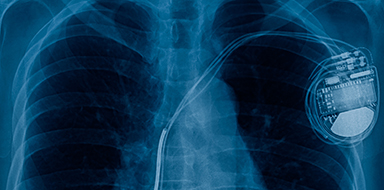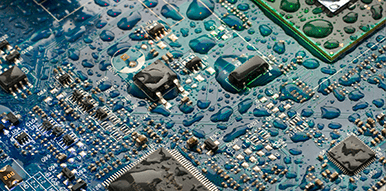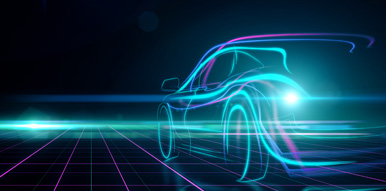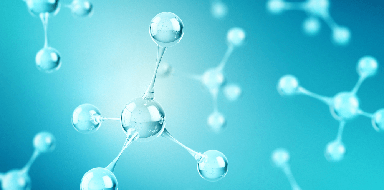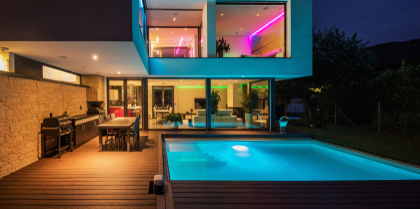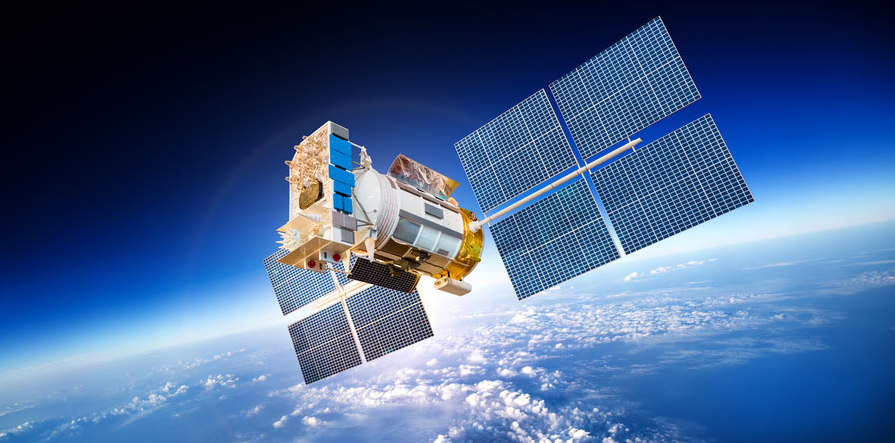Parylene is the ultimate protective coating
for the protection of equipment, components and surfaces in, for example, the electronics, instrumentation, aerospace, medical and mechanical engineering industries.
The hydrophobic polymer film has many unique properties. Parylene is lightweight and can be applied as an extremely thin homogeneous film. The film is perfectly smooth and transparent. No undesirable effects, such as surface tensions, occur during the coating process. The coating, therefore, is extremely resistant to environmental influences. It is resistant to aggressive media and liquid hydrocarbons (gasoline, diesel, glycol) and can be used as a diffusion barrier to gases. The Parylene coating also passes the salt spray test without any negative effects. The polymer is also biocompatible.
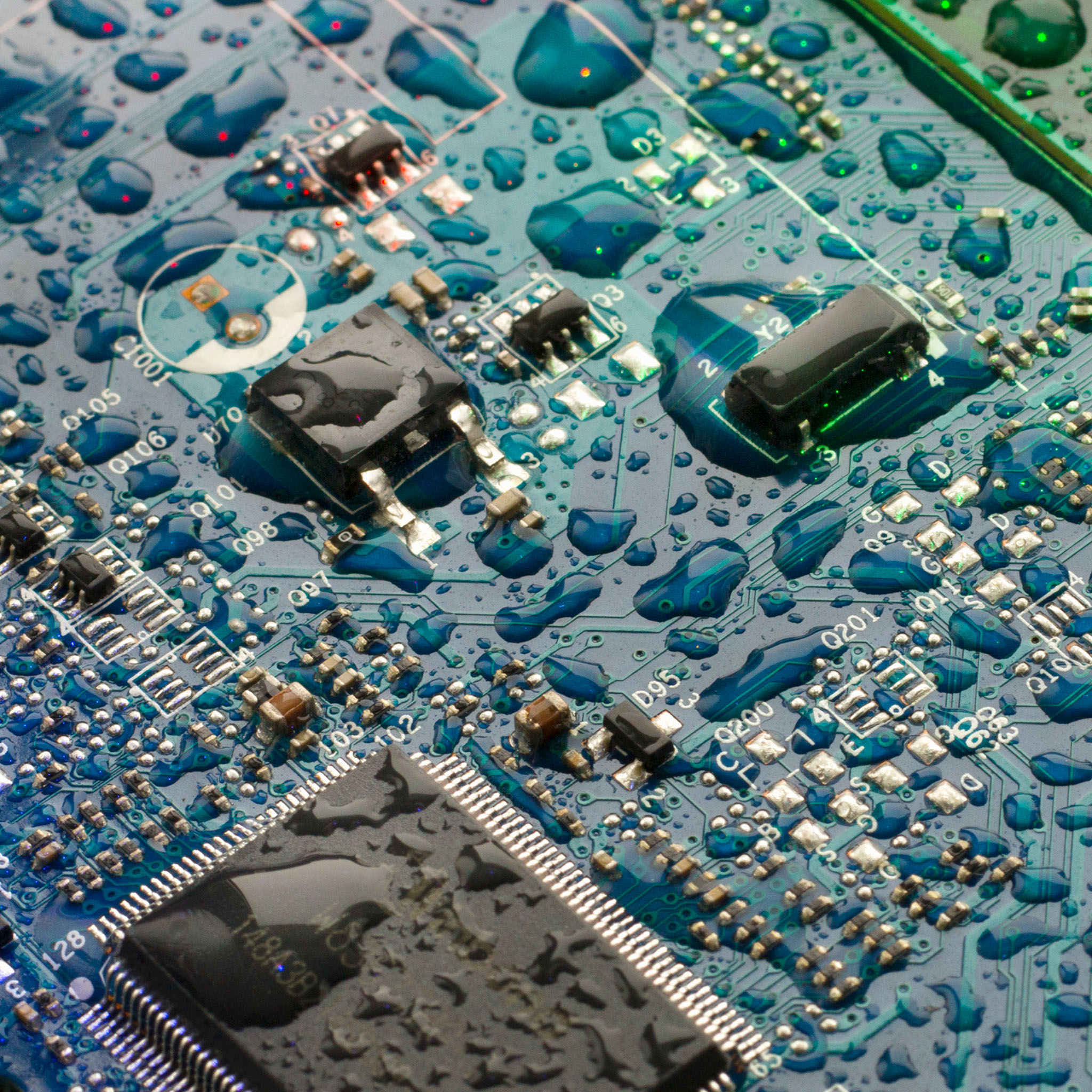
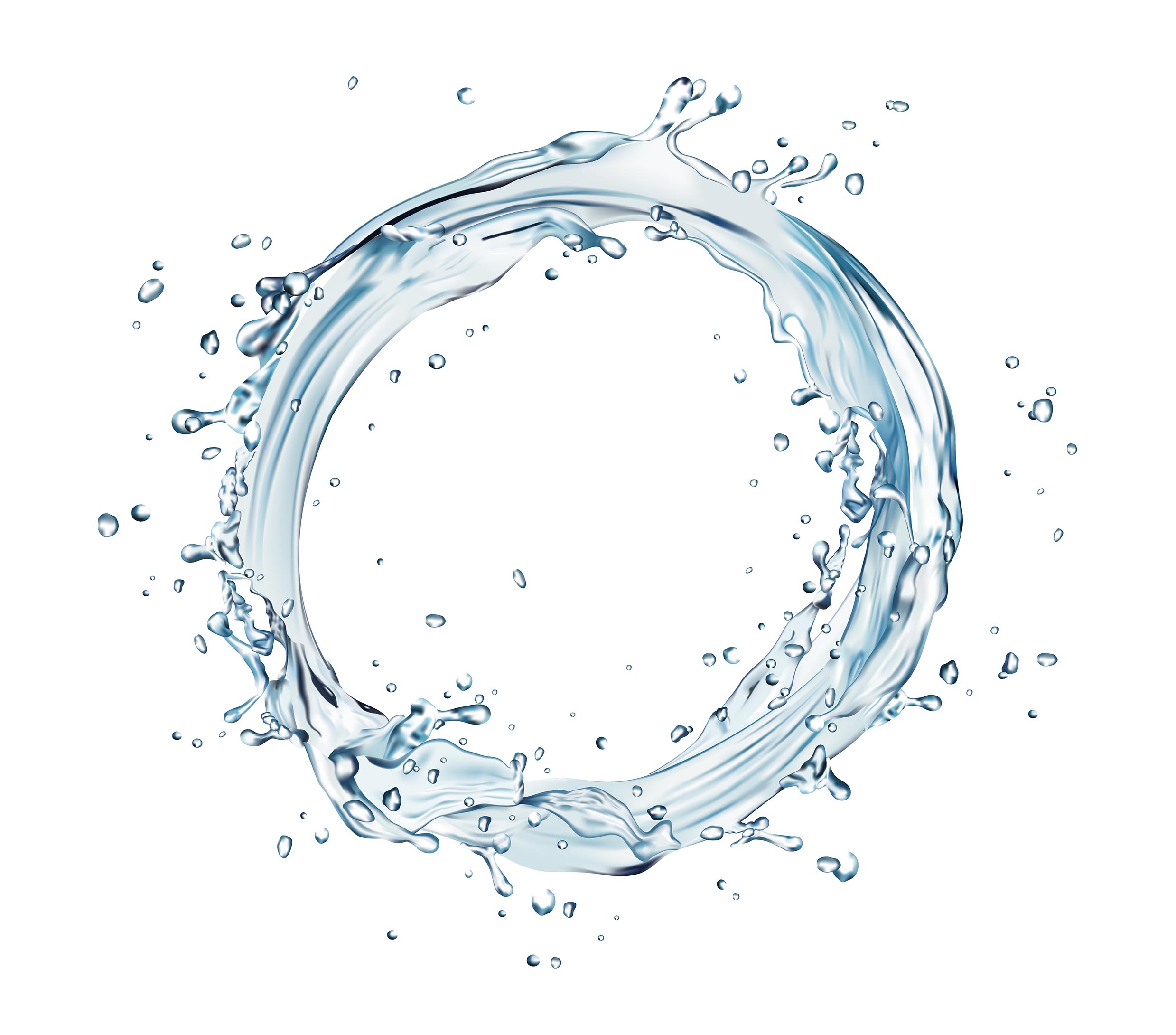
Process
Parylene coating is a three-step process in which the parylene is deposited in its monomer form on the substrate in a vacuum chamber to form a polymer conformal coating
1. evaporation
The first step is the evaporation of solid dimer. The dimer is heated to a temperature of 175°C and becomes gaseous.
2. pyrolyse
The gas is then pyrolyzed (thermochemical cracking of organic compounds) to convert the dimer to its monomeric form.
3. separation (Deposition)
The monomeric gas is deposited in the deposition chamber at room temperature as a transparent polymer film. The coating thickness obtained can vary with the application and can range from 1 µm to up to 50 µm.
Advantages at a glance
- Superior protective properties
- Insensitive to inorganic agents, acids, bases and solutions
- Layer thickness consistency independent of geometry
- Resistance to corrosion
- Extreme crevice mobility
- High dielectric strength (5000V / 25 μm)
- Low coefficient of friction: can be used as a “lubricant”
- Biocompatible and food safe
- Very good barrier to moisture and chemicals
- High temperature resistance – 200°C to + 200 °C
Applications
